Buying fully grown plants from a store can be expensive, especially if you love being a plant parent. Luckily, propagation allows you to expand your quantity of plants without spending more money. The technique works on both indoor and outdoor plants and is fairly straightforward. With the right timing and care, a snipped stem will form roots in water and grow into a new plant of its own in no time flat — no green thumb needed.
When it comes time to snip your cutting, don’t do it with just any pair of scissors. This task is best performed with a freshly cleaned sharp knife or pruning shears. When propagating, you’ll want to make a clean snip because a torn stem makes it more challenging for new roots to develop. Look for stems where you can cut at least three inches of length.
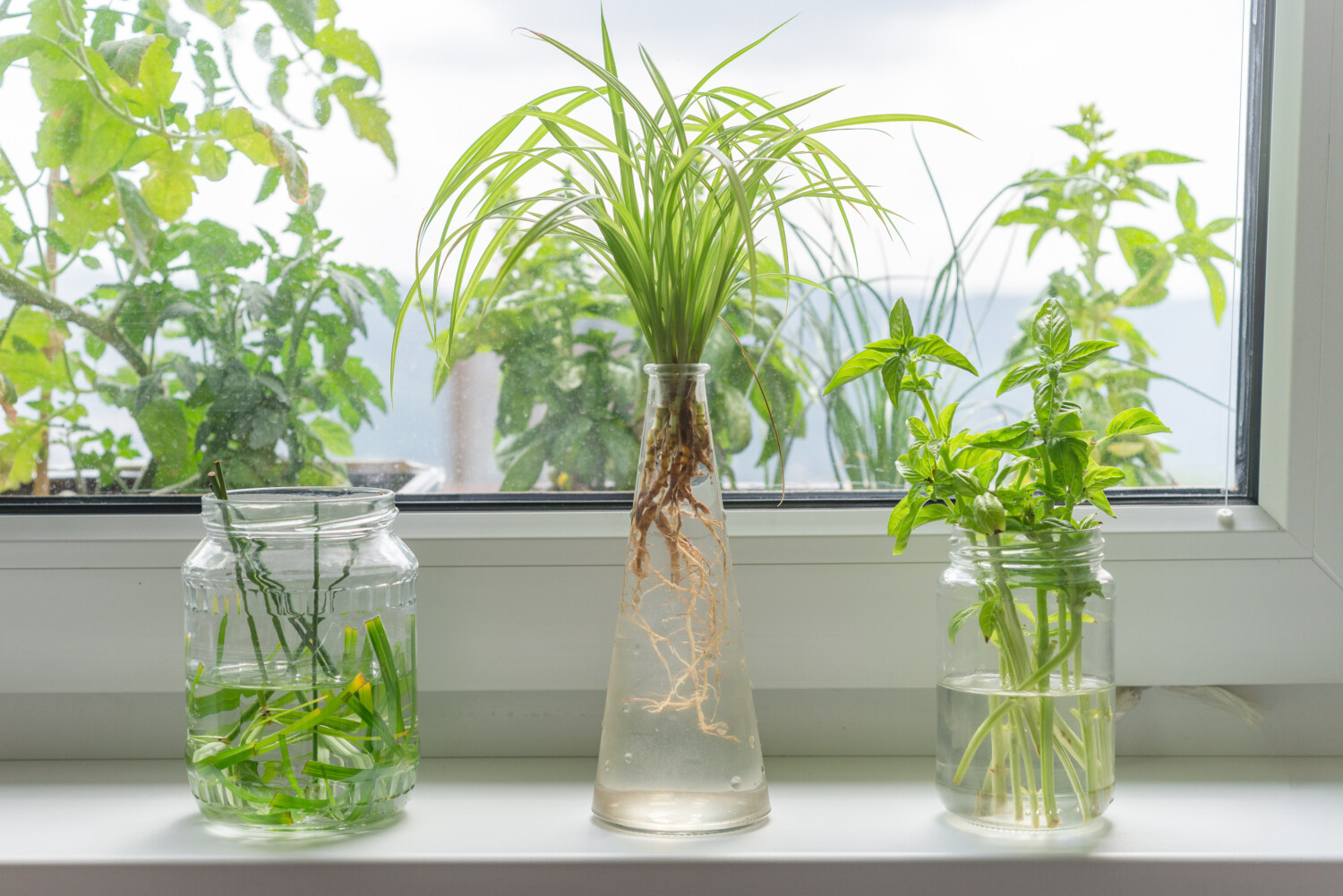
After you cut the stem, remove the lower leaves and place the stem in a jar of water. Change the water every two to three days. Adding one teaspoon of hydrogen peroxide to eight ounces of fresh water circumvents bacterial and fungal growth. You should see substantial root growth within three to six weeks, but some varieties might take longer.
If you planted the same plant from a seed, it would take you twice as long. If you’d like to try propagating plants yourself, here are five plant varieties to start in water.
1. Monstera Deliciosa
Lovingly dubbed the Swiss cheese plant, a Monstera deliciosa stem cutting propagates well when snipped just below the node, during any time of year. Keep it in water with a medium amount of light. It may take two to three months before your cutting produces new leaves. When the water becomes cloudy, it’s time for a fresh pour.
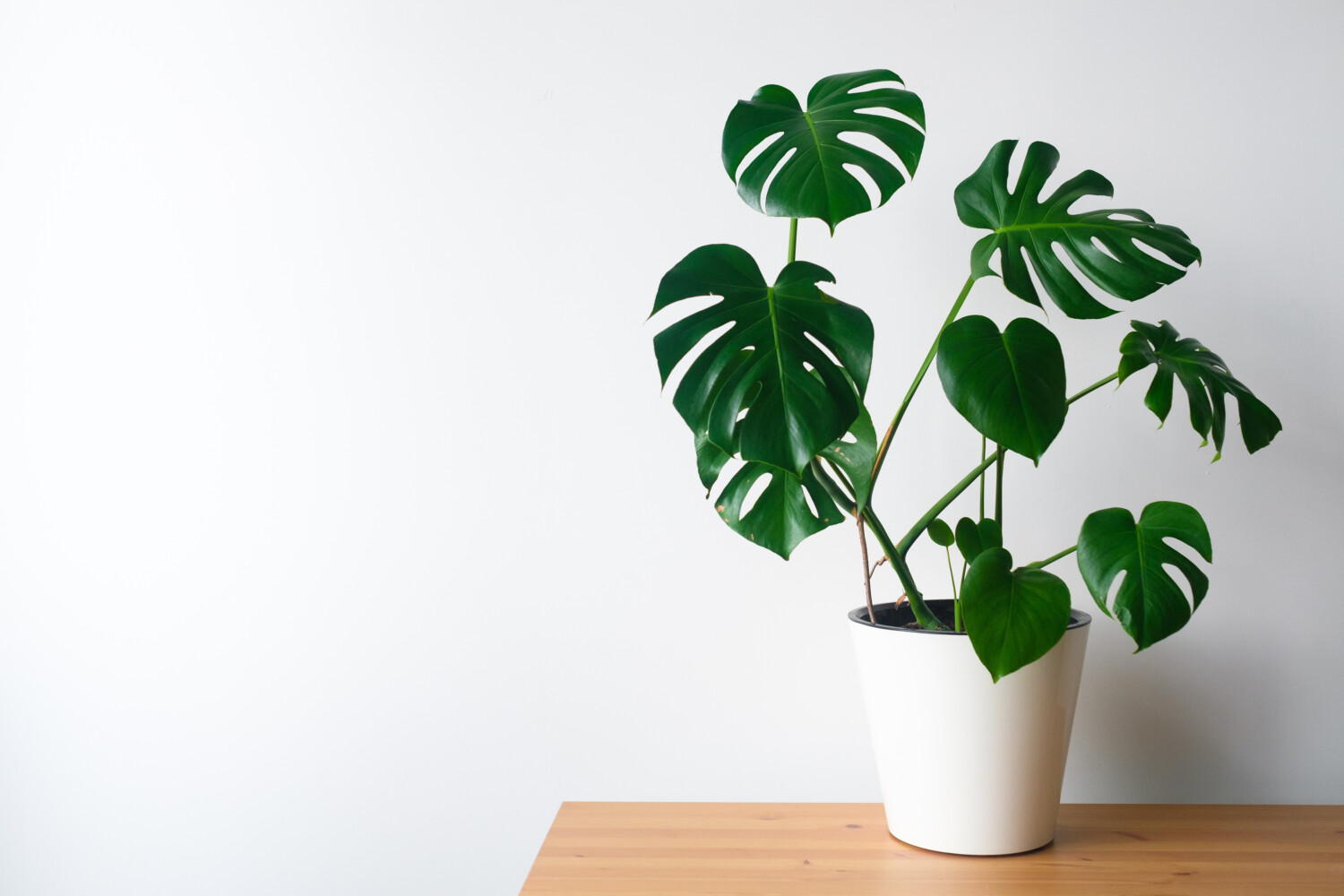
2. Philodendron
When possible, cut just above another leaf on a stem, leaving a 3-to 6-inch piece. Remove the bottom leaves and put the bottom of the stem in water. Don’t let any of the leaves become submerged in the glass. It will take two to three weeks before roots begin to show. While you don’t have to re-pot these because they grow just as well in water, philodendrons won’t reach their full capacity unless placed in soil.
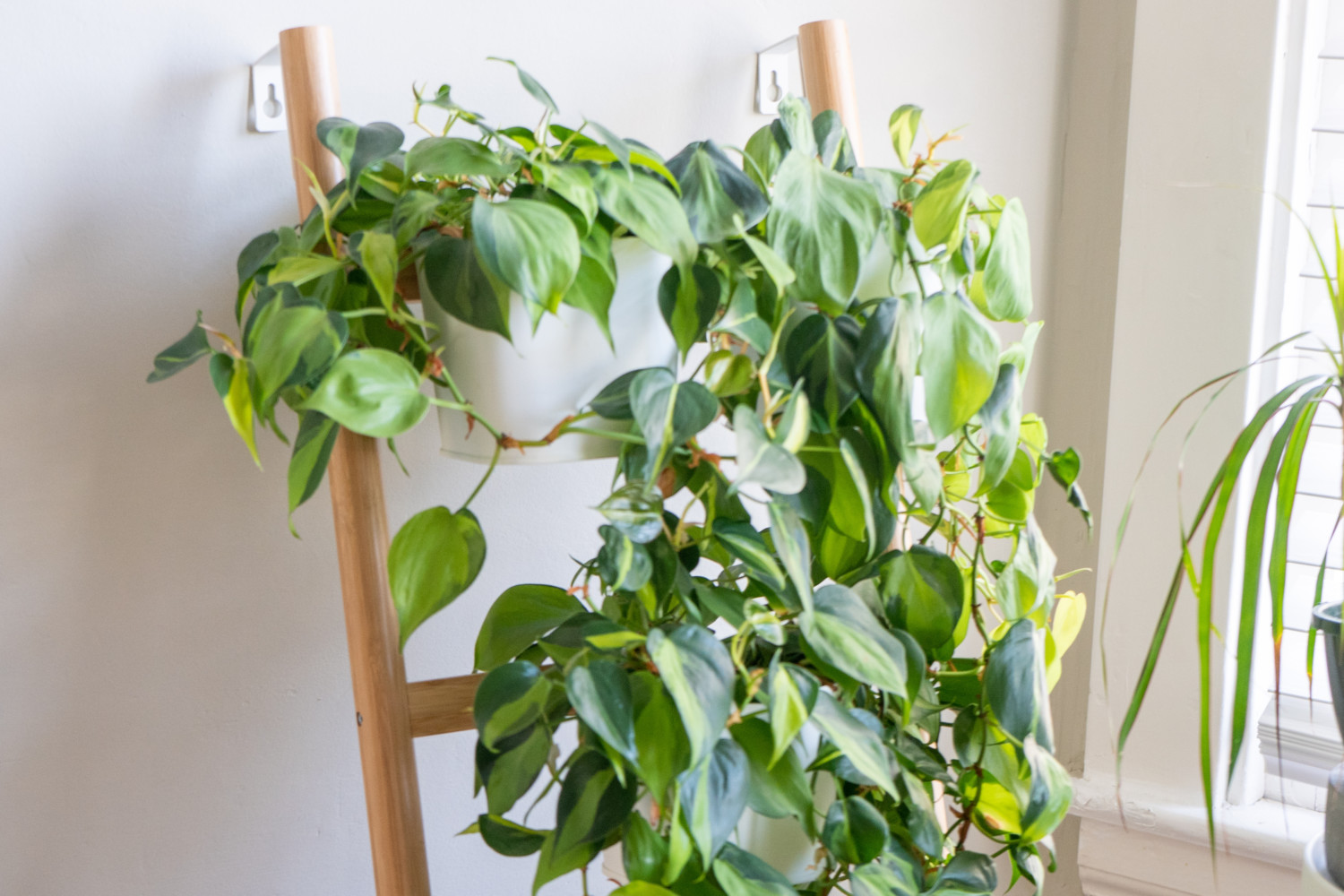
3. Lucky Bamboo
Snip a 4-to 6-inch offshoot close to the parent stalk. Pull off the bottom leaves and place the stem in a glass with 2 to 3 inches of bottled or distilled water and place it in bright, indirect sunlight. Lucky bamboo likes fresh water weekly, but steer clear from tap water as chlorine can be harmful to cuttings. Roots should appear in three to four weeks. It can stay in water indefinitely or be placed in soil.
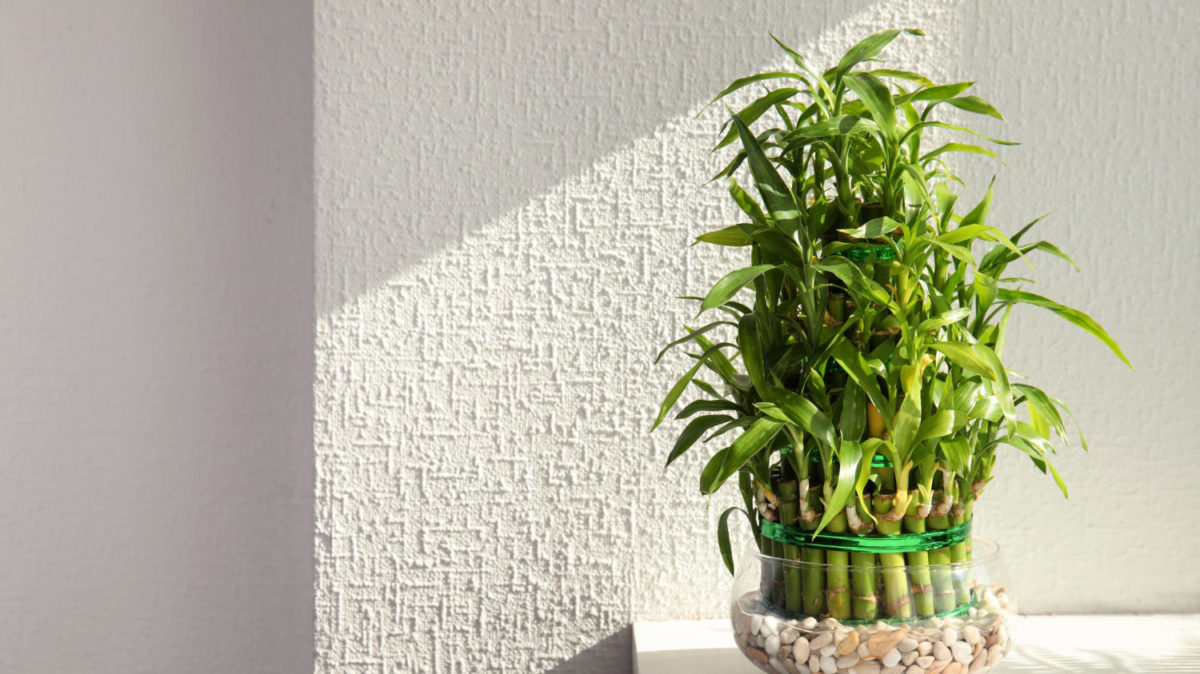
4. Basil
Soft-stem herbs propagate well in water, especially those with soft, green stems like parsley, cilantro and basil. Cuttings from mature plants that are 2 to 6 inches in length with a terminal bud — which is the bud at the end of the stem — do well when placed in bright, indirect light.
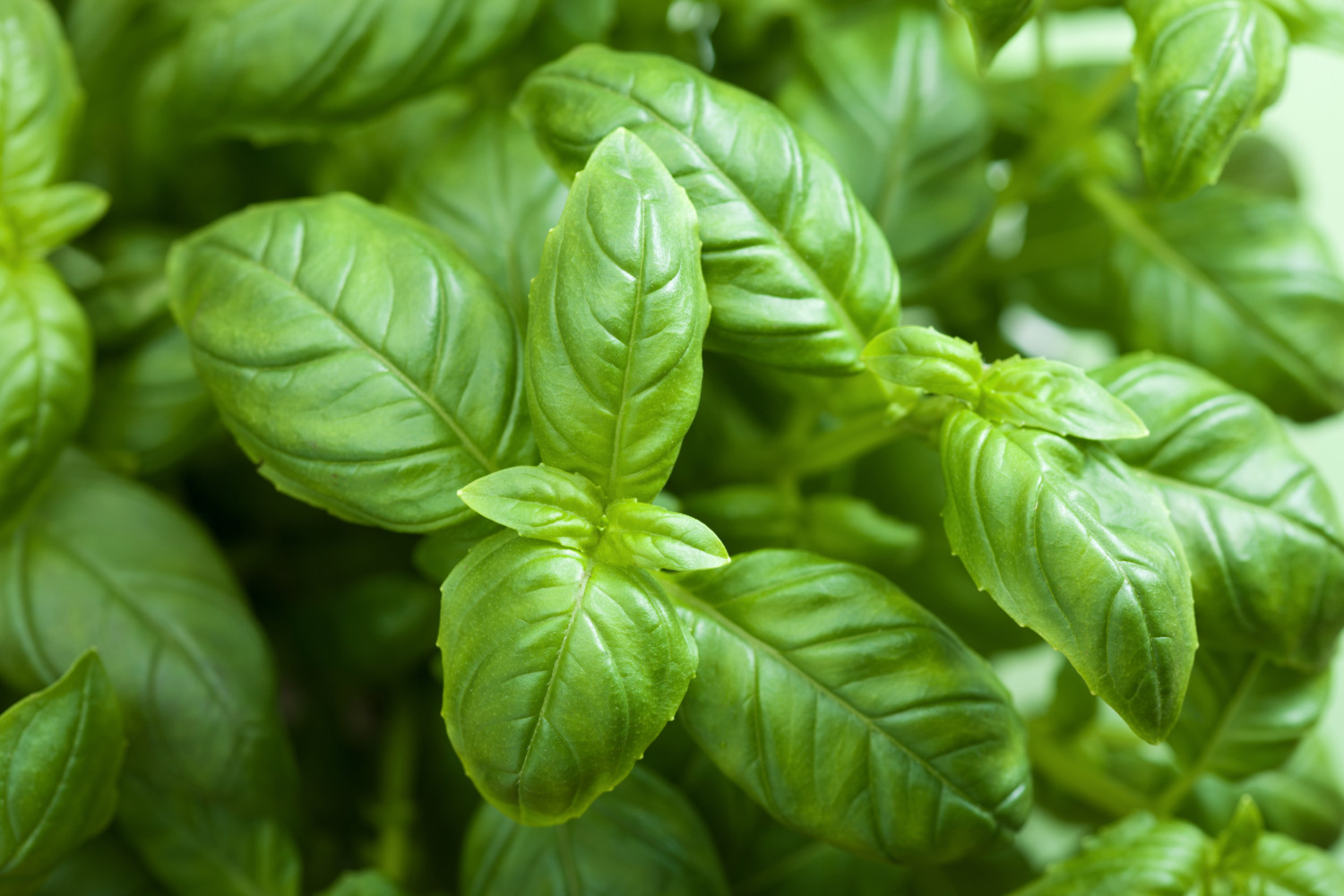
5. Begonia
Rex and tuberous varieties of begonias thrive the most from cuttings. For best results, cut stems from parent plants in the summer with nodes, and make sure each cutting has at least one-half to one inch of stem. Then place them in water and wait a few weeks. Once roots grow to 1/2 inch or longer, cuttings will be ready to be transplanted.
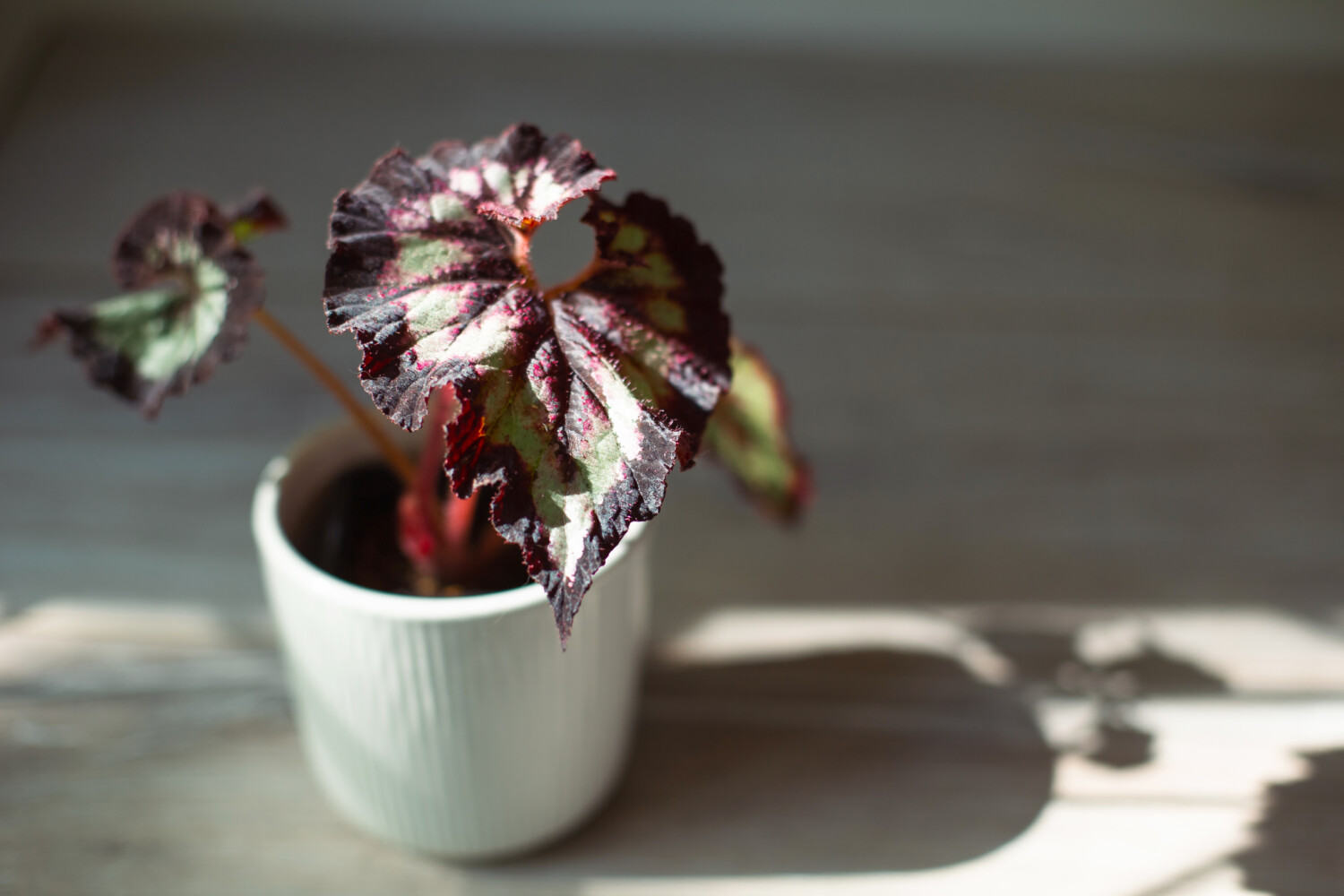
Rooting hormones stimulate cuttings to shoot out roots and are available in powder, gel or liquid forms. While they aren’t necessary, they can promote quicker rooting. As a general rule of thumb, once roots reach 1 to 2 inches in length, they can be transferred to a pot with soil. Happy planting!
This story originally appeared on Simplemost. Check out Simplemost for additional stories.


